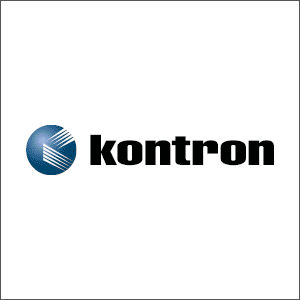I believe that the current Air Traffic Control situation in the US is untenable. The technology is old, it lacks sufficient resiliency and is based on standards that date back decades. But it is also likely the best solution for aviation in the United States. Yes, it must be upgraded, but privatizing the operation presents challenges and conflicts that are far worse than the situation today.
 NextGen, the FAA’s moniker for what the upgraded aircraft routing and traffic management system will become, is not really next generation anymore. Maybe it would have been “next generation” over a decade ago when the project was authorized (more like “current gen” even then, though) but now we’re far behind.
NextGen, the FAA’s moniker for what the upgraded aircraft routing and traffic management system will become, is not really next generation anymore. Maybe it would have been “next generation” over a decade ago when the project was authorized (more like “current gen” even then, though) but now we’re far behind.
There is enough blame for the slow and fitful progress to be widely shared by regulatory agencies, the airlines and Congress. Inconsistent funding, protests from airlines (mostly on costs) and noise complaints from localities all contribute to delays in implementation. Shifting oversight of the system out of the FAA is unlikely to fix the bulk of these issues.
As in many such discussions perhaps the best thing to do is to follow the money. The proposal tabled by Representative Bill Shuster, who chairs the transportation committee, and lauded by airline lobbying group A4A, would divest billions of dollars of government assets to a private entity, and also shift control of funding to that group. But much of the money talked about is a shell game play, not real savings.
https://twitter.com/RepBillShuster/status/694935213630230529
Does it matter that air traffic controllers are paid from the US Treasury or from a private organization? Taxpayers and travelers will foot the bill either way, as representative Peter DeFazio has attested; it is simply a matter of where and how the money leaves their pockets. It does not reduce the cost burden the system places on the population. And, over time, there is significant risk that the cost burden will grow.
Increasing user fees – which amounts to the private group essentially voting to charge its member airlines more – requires approval from multiple parties. Should this be insufficient, the government is still on the hook to bail out the organization, though those who took it private would still have the tidy profits they pocketed along the way.
20 years ago flights from DCA to JFK were under 1 hour. #ATC delays have forced airlines to schedule that flight for 1.5 hrs. #ModernSkies
— Airlines for America (@AirlinesDotOrg) February 10, 2016
A4A, the lobbying group representing most US carriers (Delta Air Lines withdrew, partly over this issue), has pushed to separate ATC from the federal government. It shares statistics, like the one above, suggesting that flight times from Washington DC to New York City have increased over time. Unfortunately the data does not always line up with published statistics from the US government.
It also confuses correlation with causation. Looking at a single route does not define the overall infrastructure. It also does not consider factors like airlines choosing to fly slower to save on fuel costs. Congestion is undoubtedly a problem. But it is not the only problem. And privatization is certainly not the only solution.
Change must happen at the FAA. NextGen is a critical modernization effort that must be fully funded and quickly implemented rather than holding the agency hostage to political whim. Airlines must commit to participation and the federal government must get the infrastructure installed. Privatizing the operation does not help to reach that goal.










